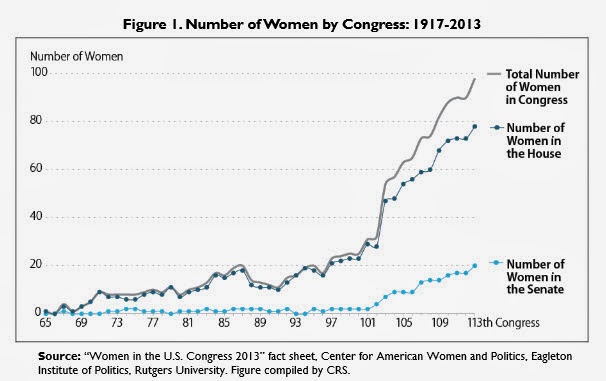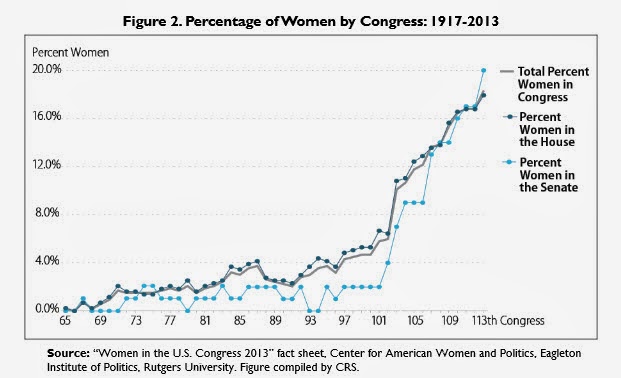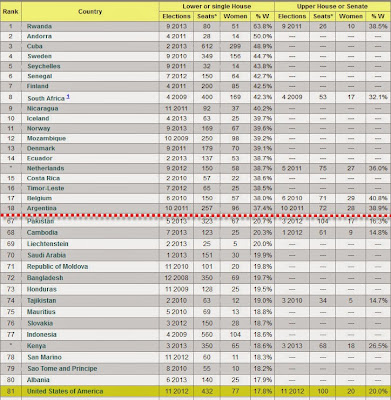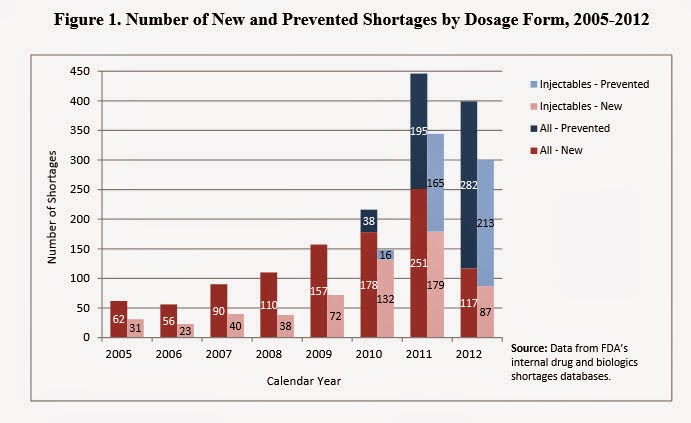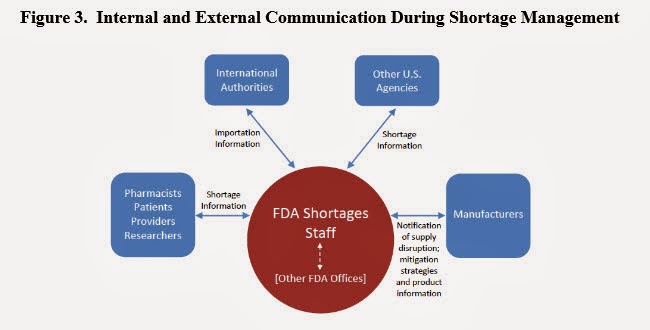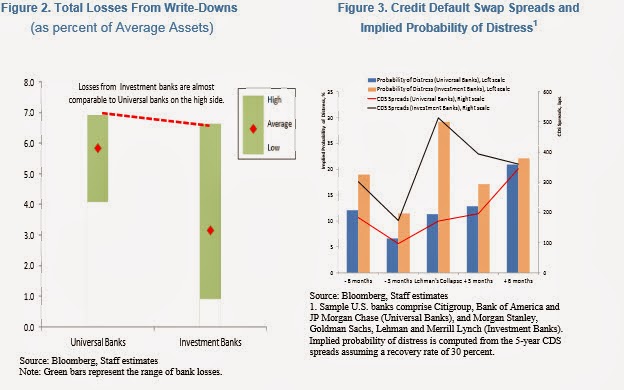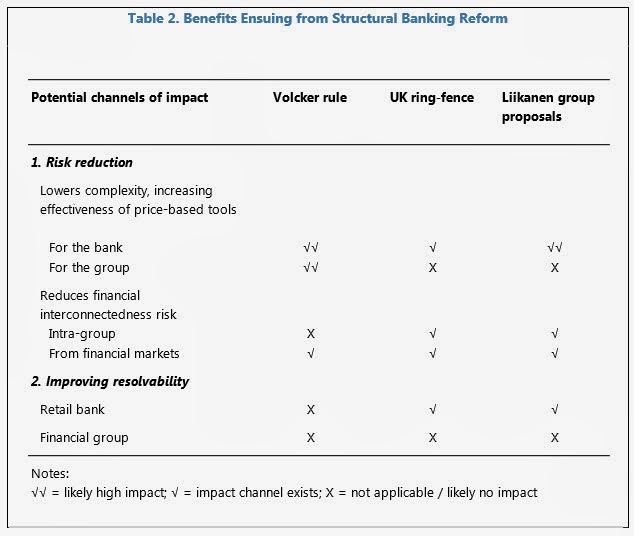Source: Calculated Risk "... There are still almost 1.0 million fewer private sector jobs now than when the recession started in 2007..."
There are still almost 1.0 million fewer private sector jobs now than when the recession started in 2007.
Read more at http://www.calculatedriskblog.com/2013/11/schedule-for-week-of-december-1st.html#DM2G7xpfPQuPWqbg.99
Read more at http://www.calculatedriskblog.com/2013/11/schedule-for-week-of-december-1st.html#DM2G7xpfPQuPWqbg.99
The
economy has added 7.8 million private sector jobs since employment
bottomed in February 2010 (7.2 million total jobs added including all
the public sector layoffs).
There are still almost 1.0 million fewer private sector jobs now than when the recession started in 2007.
Read more at http://www.calculatedriskblog.com/2013/11/schedule-for-week-of-december-1st.html#DM2G7xpfPQuPWqbg.99
There are still almost 1.0 million fewer private sector jobs now than when the recession started in 2007.
Read more at http://www.calculatedriskblog.com/2013/11/schedule-for-week-of-december-1st.html#DM2G7xpfPQuPWqbg.99
The
economy has added 7.8 million private sector jobs since employment
bottomed in February 2010 (7.2 million total jobs added including all
the public sector layoffs).
There are still almost 1.0 million fewer private sector jobs now than when the recession started in 2007.
Read more at http://www.calculatedriskblog.com/2013/11/schedule-for-week-of-december-1st.html#DM2G7xpfPQuPWqbg.99
There are still almost 1.0 million fewer private sector jobs now than when the recession started in 2007.
Read more at http://www.calculatedriskblog.com/2013/11/schedule-for-week-of-december-1st.html#DM2G7xpfPQuPWqbg.99
The
economy has added 7.8 million private sector jobs since employment
bottomed in February 2010 (7.2 million total jobs added including all
the public sector layoffs).
There are still almost 1.0 million fewer private sector jobs now than when the recession started in 2007.
Read more at http://www.calculatedriskblog.com/2013/11/schedule-for-week-of-december-1st.html#DM2G7xpfPQuPWqbg.99
There are still almost 1.0 million fewer private sector jobs now than when the recession started in 2007.
Read more at http://www.calculatedriskblog.com/2013/11/schedule-for-week-of-december-1st.html#DM2G7xpfPQuPWqbg.99
The
economy has added 7.8 million private sector jobs since employment
bottomed in February 2010 (7.2 million total jobs added including all
the public sector layoffs).
There are still almost 1.0 million fewer private sector jobs now than when the recession started in 2007.
Read more at http://www.calculatedriskblog.com/2013/11/schedule-for-week-of-december-1st.html#DM2G7xpfPQuPWqbg.99
There are still almost 1.0 million fewer private sector jobs now than when the recession started in 2007.
Read more at http://www.calculatedriskblog.com/2013/11/schedule-for-week-of-december-1st.html#DM2G7xpfPQuPWqbg.99


























